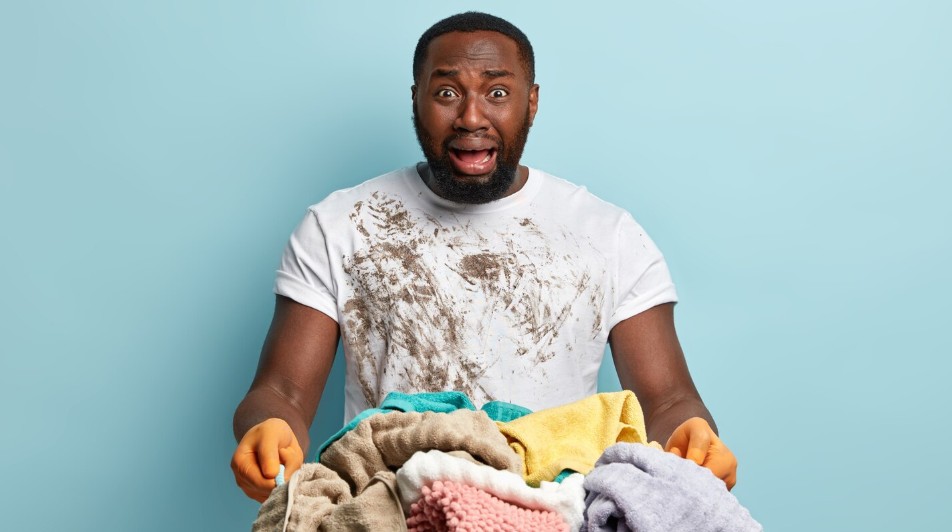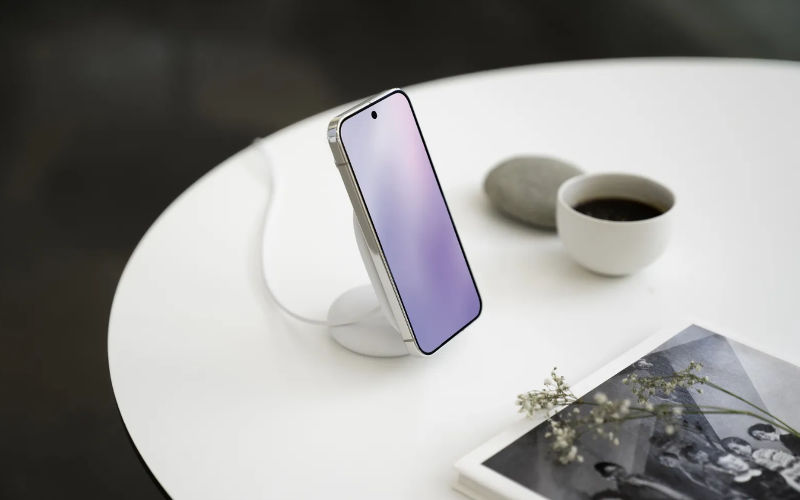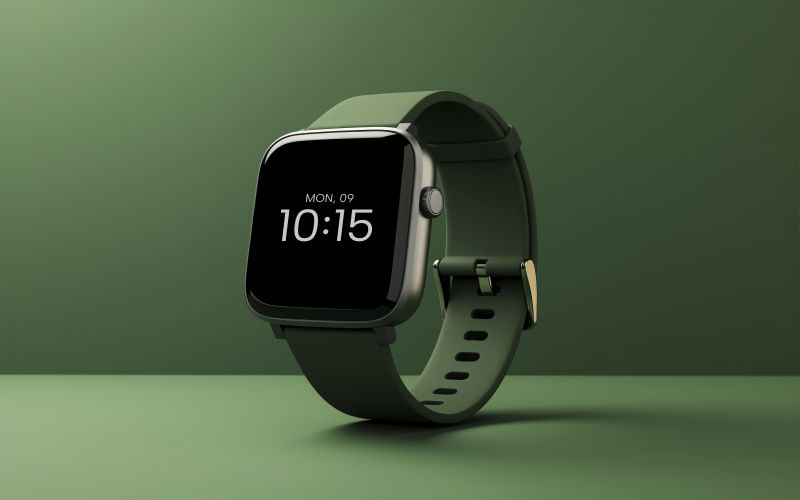(HOLD)Expert tips: How to remove common clothing, upholstery and carpet stains at home

For general upholstery, mix one tablespoon of dish soap with two cups of cold water and dab it onto the stain with a clean cloth, working from the outside in to prevent spreading.
Stains are an unwelcome part of daily life—whether it’s a morning coffee spill on your shirt, soy sauce on the carpet during dinner, or muddy paw prints from your pet across the couch.
Experts say that with the right approach, many common stains can be treated successfully at home, without professional help.
Here’s a guide to the most common types of stains and how to tackle them.
Clothing Fabrics
Cotton
Cotton is durable and absorbent, which makes it prone to spills.
Common stains include coffee, grass, and grease. The key is to act quickly and blot, never rub, fresh stains with a clean cloth.
Mix a small amount of dish soap with cold water and dab the area. For oily stains, sprinkle baking soda to draw out the grease before laundering. Always start with cold water—hot water can set many stains permanently.
Wool
Wool is delicate and can shrink easily. Common stains include wine, food, and perspiration.
Mix white vinegar and cold water in a 1:2 ratio, then gently blot the stain with a soft cloth.
Avoid scrubbing, which can distort fibres and cause felting. Never use hot water or bleach, as both can ruin wool irreversibly.
Silk
Silk demands a delicate touch. Common stains include makeup, sweat, and oil. Blot immediately to prevent the stain from setting.
Use a few drops of mild detergent or baby shampoo in cold water, applying gently with a soft cloth or cotton swab. Test on a hidden area first and air dry only—no wringing or heat.
Synthetics (polyester, nylon)
These fabrics are more forgiving but still need care. Common stains include ink, blood, tea, and food.
Dab stains with rubbing alcohol or a commercial stain remover, rinse with cold water, and launder as usual. Avoid high-heat dryers, which can set any remaining stain.
Upholstery fabrics
Stains on furniture are especially stressful because furniture is often in plain view, expensive, and not easily sent to the cleaners.
For general upholstery, mix one tablespoon of dish soap with two cups of cold water. Dab the mixture onto the stain with a clean cloth, working from the outside in to prevent spreading. Rinse with clean water and pat dry. Always spot test on an inconspicuous area first.
Microfiber is resilient and responds well to rubbing alcohol. Lightly mist the stain, then gently scrub with a white sponge. Once dry, restore the nap by brushing with a soft-bristle brush.
Velvet, on the other hand, requires careful handling. Use a gentle upholstery cleaner or dilute dish soap in water. Dab lightly, avoid drenching, and blot with a dry cloth. Over-saturating can distort the fabric’s pile.
Carpets
Carpet stains can become permanent if mishandled, so immediate action is key.
For wine stains, blot immediately and do not rub. Cover the area with salt to absorb moisture, then dab with a solution of white vinegar and dish soap (1 tablespoon each in 2 cups warm water).
Salt helps pull wine from the fibres before it sets.
Coffee stains can be treated with a mix of white vinegar, water, and a few drops of dish soap. Blot from the outside inward to prevent spreading.
Rinse and continue blotting until dry.
For pet stains, blot as much liquid as possible, then apply an enzymatic cleaner to neutralise odours and break down proteins.
Avoid using steam cleaners until the stain is fully lifted, as heat can set organic stains permanently.
Mud stains require patience; allow mud to dry completely before cleaning.
Vacuum thoroughly, then treat with a mild dish soap and warm water solution.
Expert advice: Common stain removal mistakes
Rubbing instead of blotting can grind the stain into fibres and damage fabric.
Using hot water too soon can set many stains, especially protein-based ones like blood or egg.
Always test cleaning solutions on a hidden area first to avoid fading or fabric damage.
Finally, act quickly—waiting too long before cleaning makes stains much harder to remove.
Top Stories Today












































